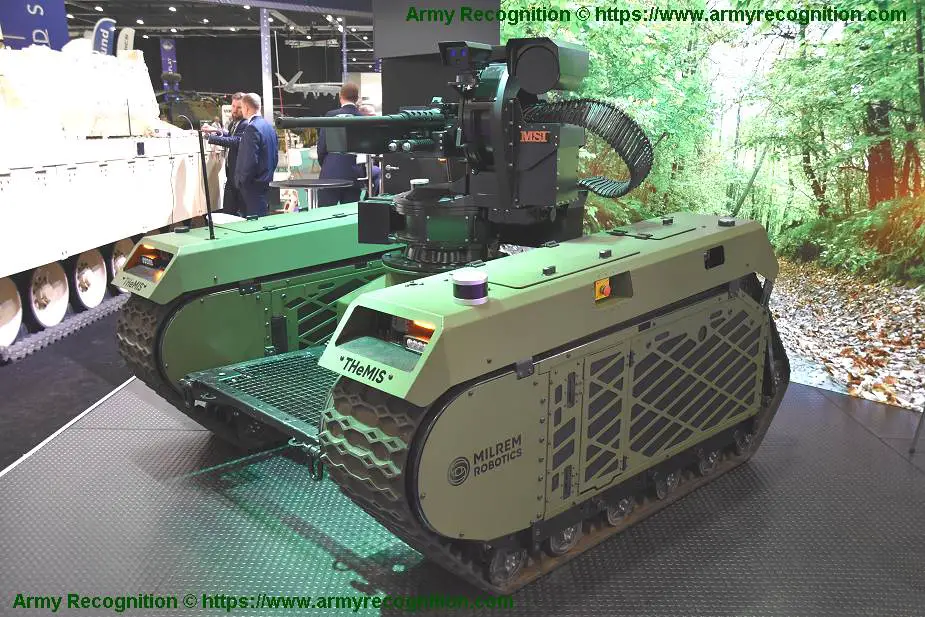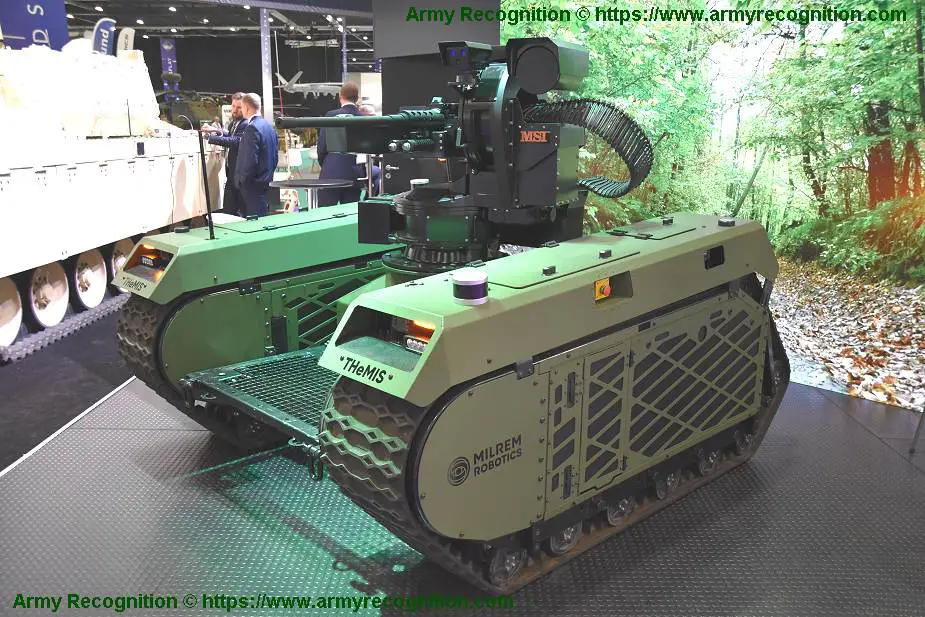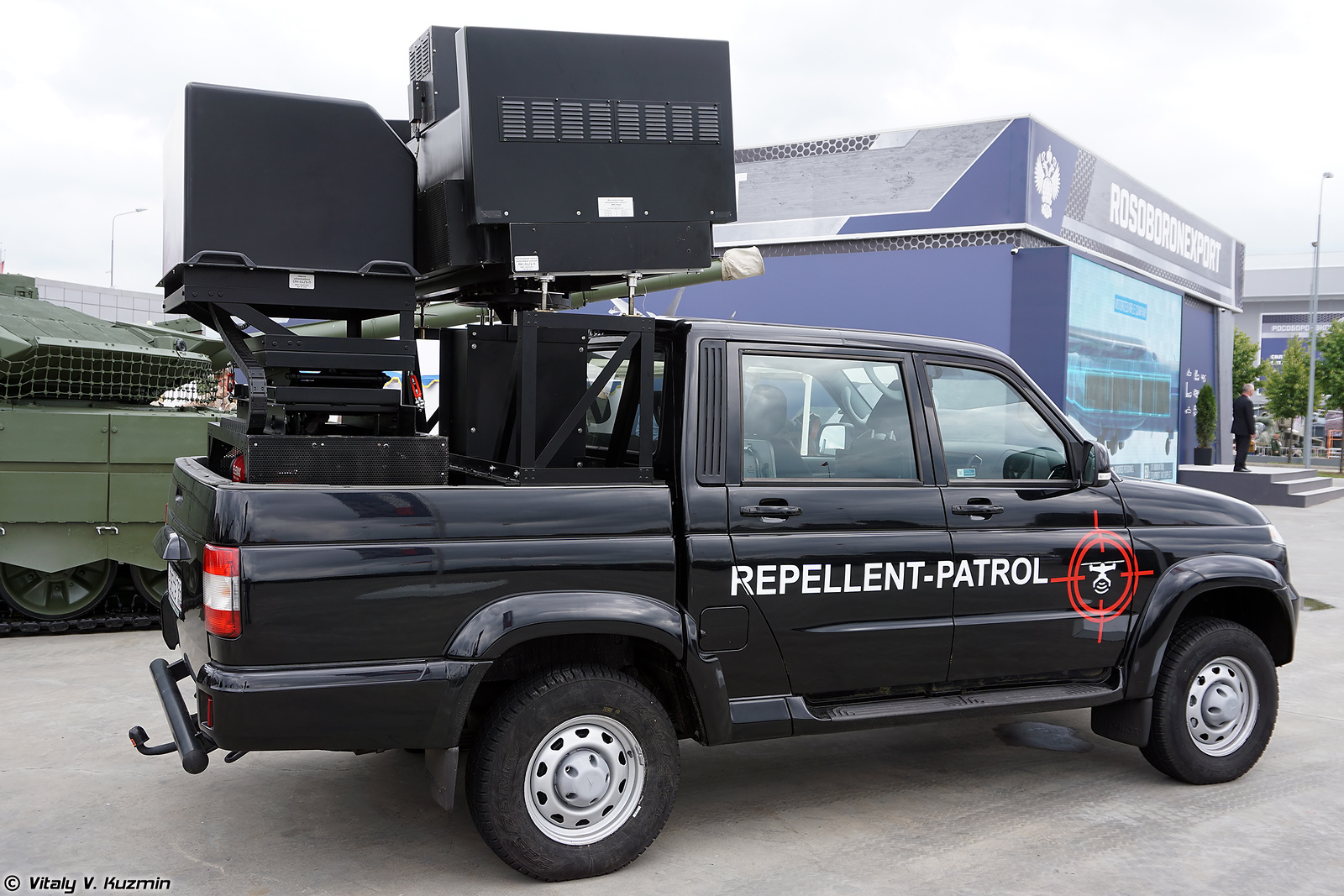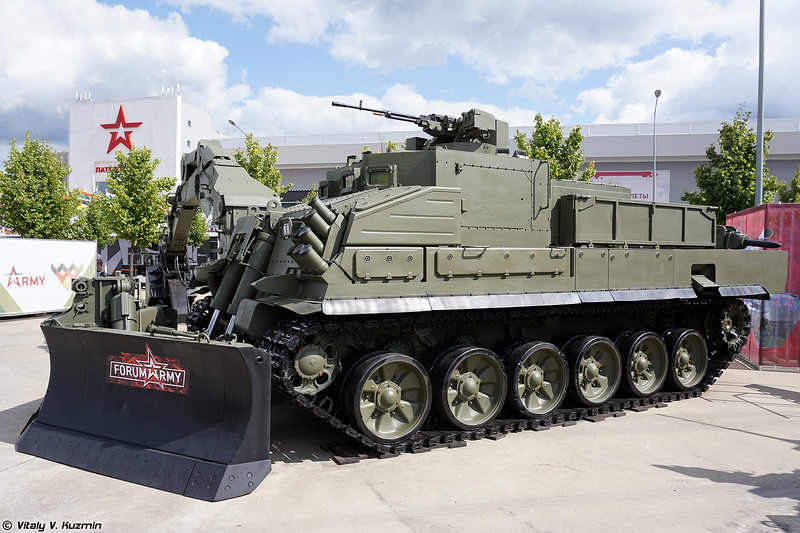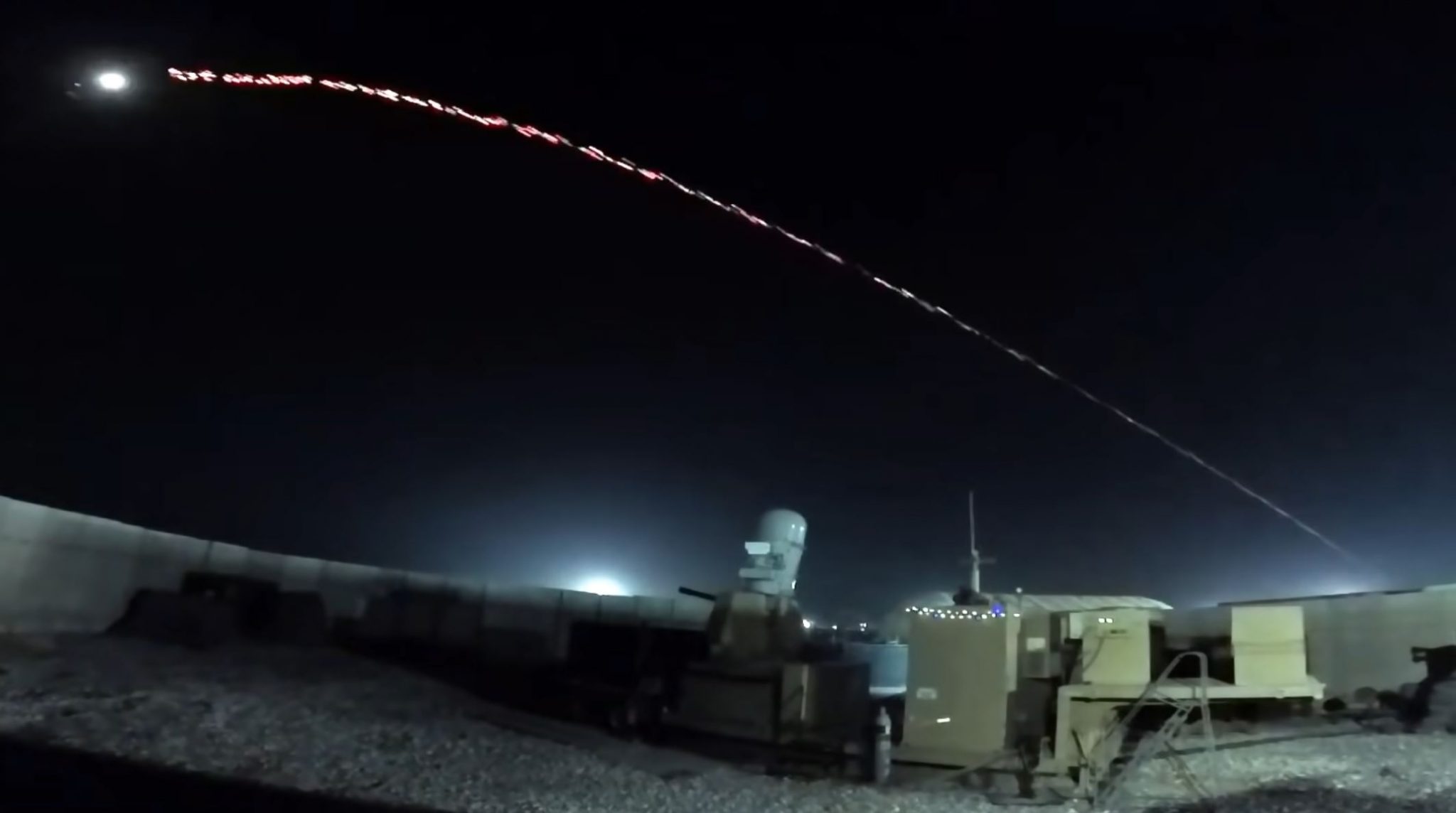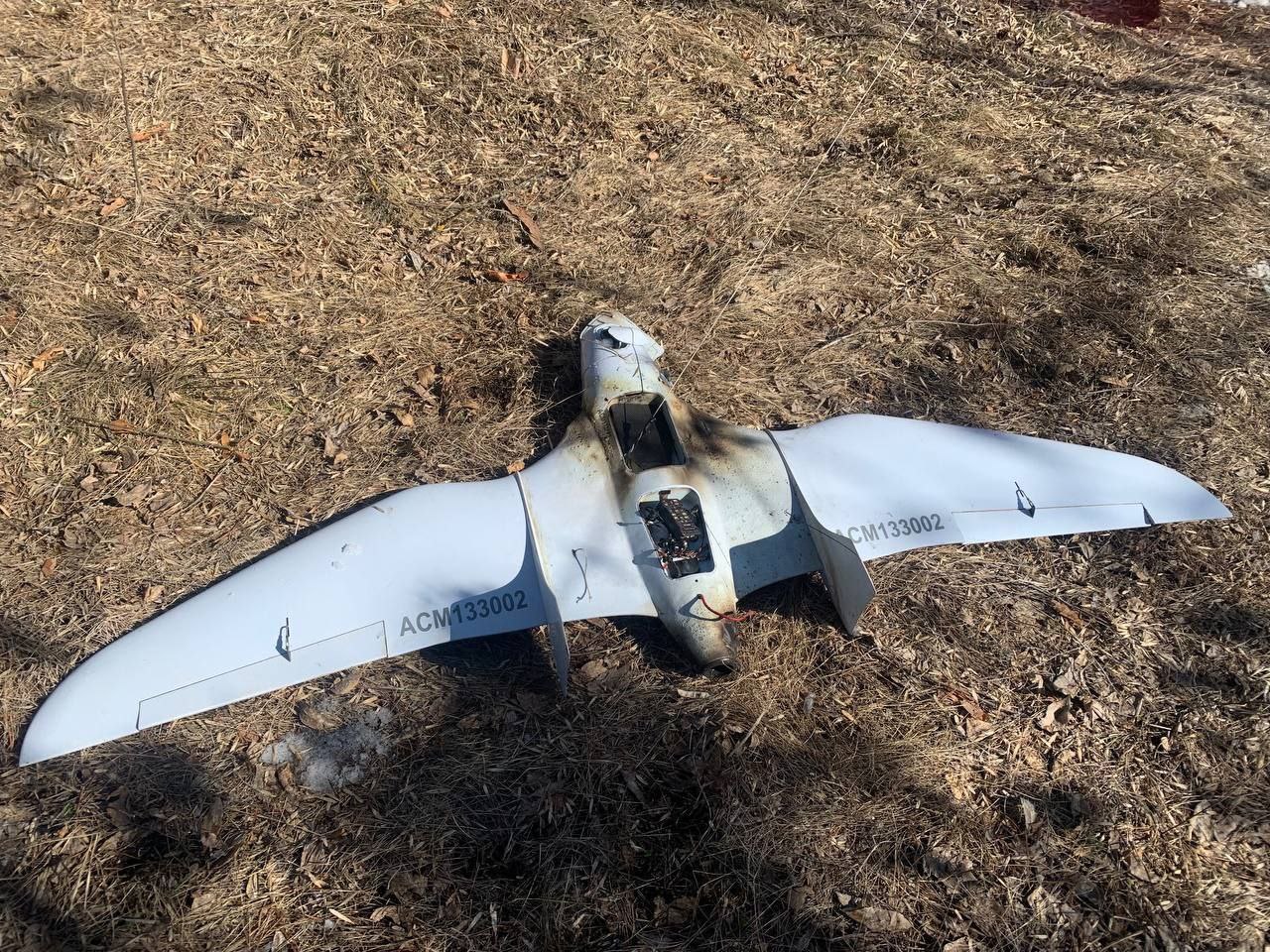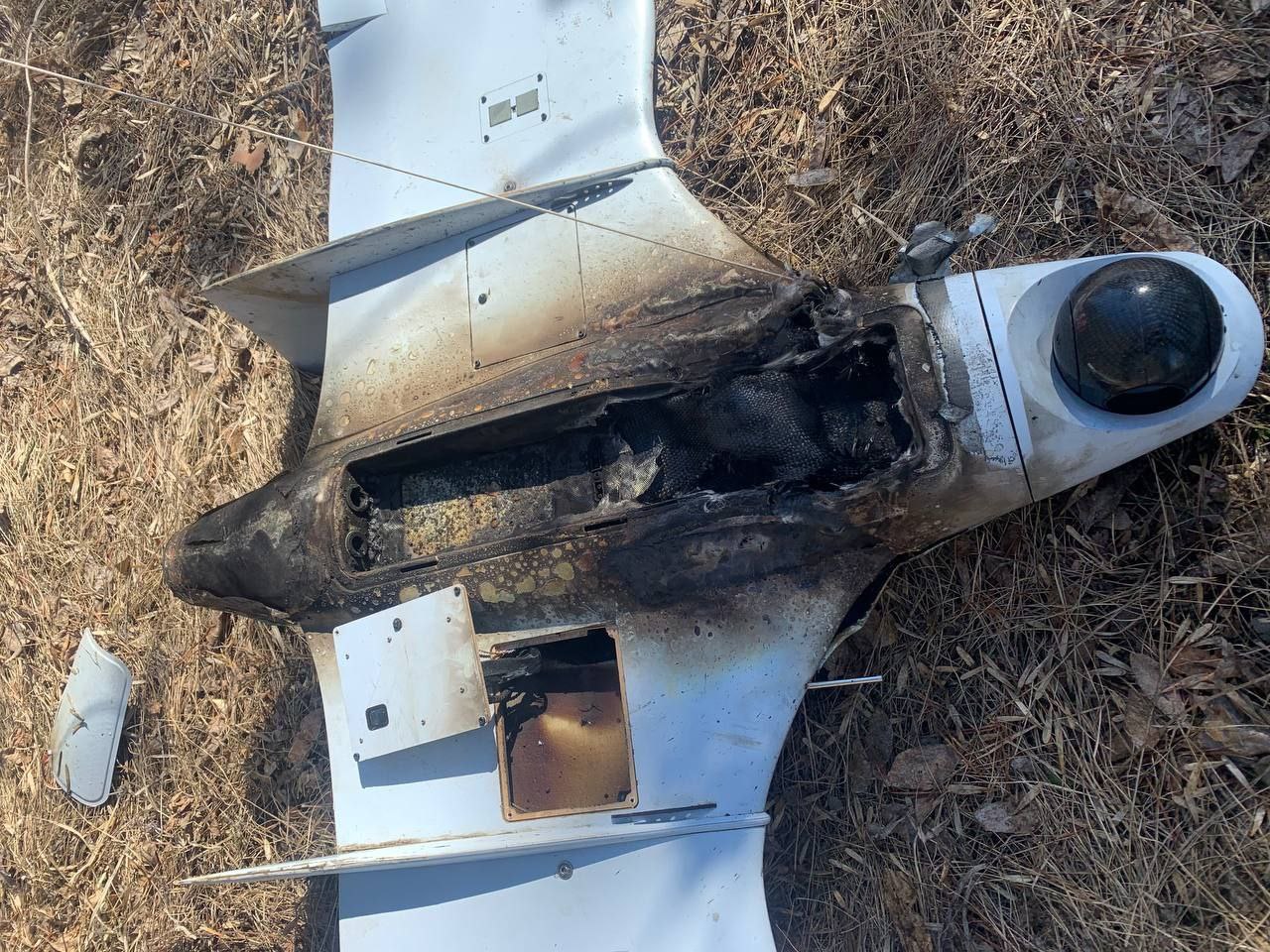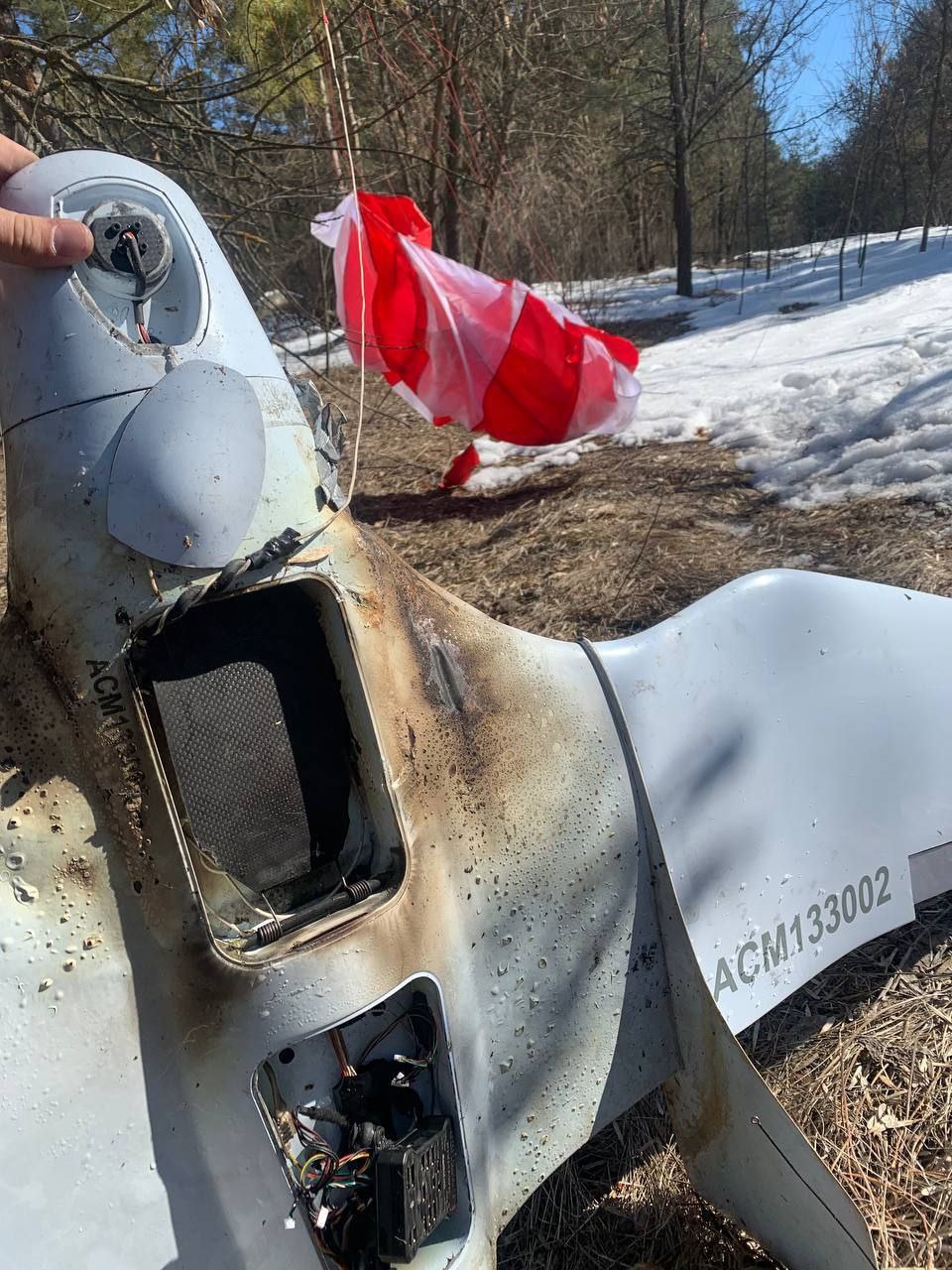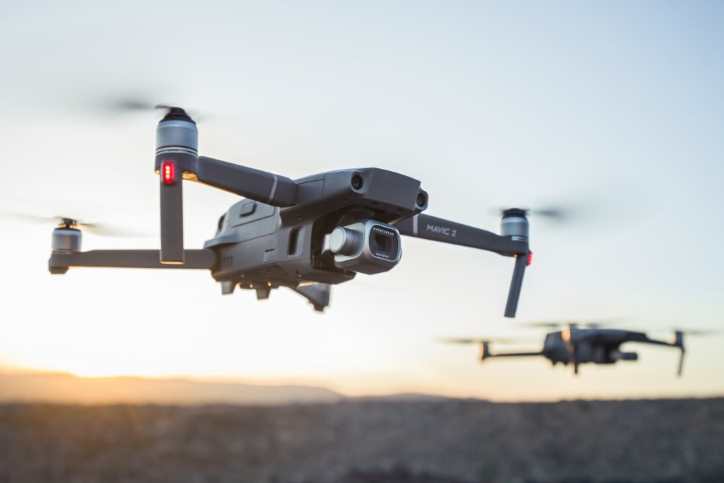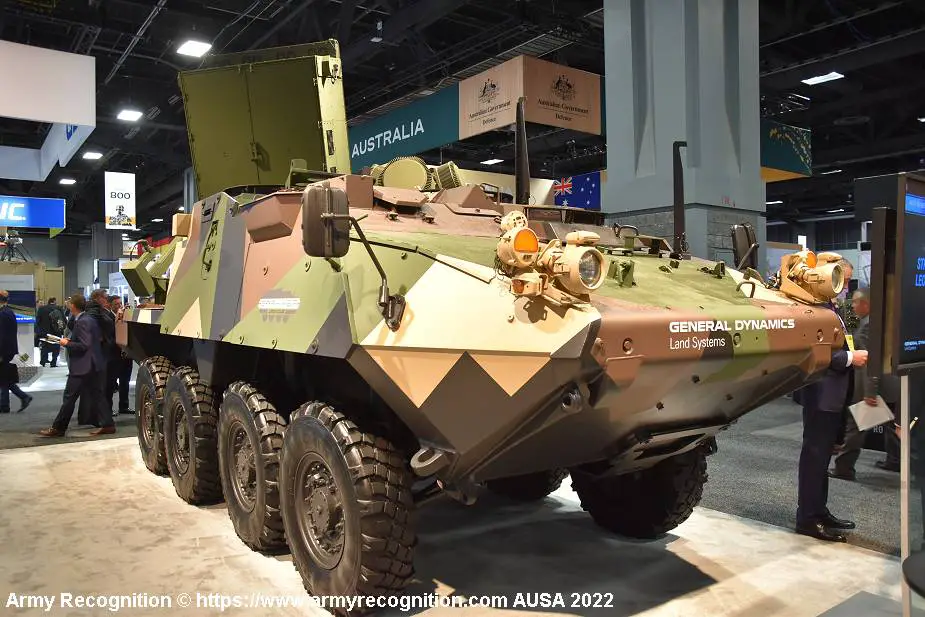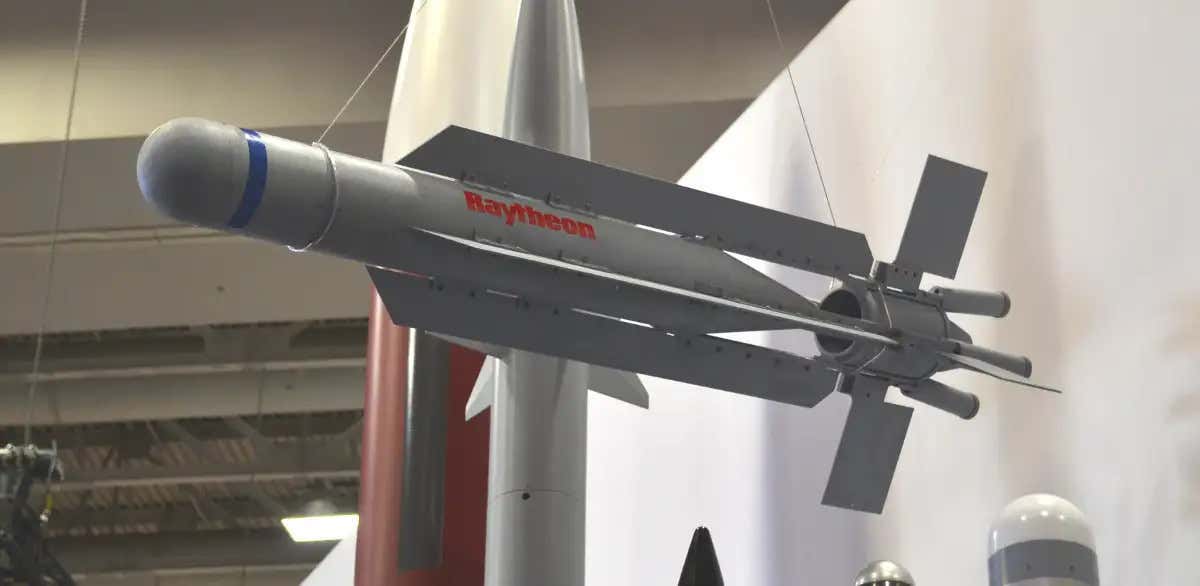
U.S. Army announced a major milestone in its anti-drone efforts this week, claiming it achieved its first “air-to-air non-kinetic defeats” using Coyote Block 3 drones. The recent demonstration saw the Coyotes take down a hostile swarm of 10 drones using a non-specified electronic warfare system or directed energy weapon of some kind. In addition to proving the Coyote's anti-swarm capabilities, the demonstration also proved that the drones can be recovered and redeployed on the battlefield.
The tests of the Block 3 Coyotes were conducted by the Army's Indirect Fires and Rapid Capabilities Office (IF/RCO) at Yuma Proving Ground in Arizona. IF/RCO is concerned with developing a "systems-of-systems concept to ensure integration and interoperability are achieved between U.S. Army programs." It's unclear exactly when the tests took place, but Raytheon announced the successful demonstration on July 21.

Jet-Powered Coyote Drone Defeats Swarm In Army Tests
Raytheon claims the Army used an unspecified "non-kinetic effector" aboard one of its Coyote drones to take down a swarm of ten hostile UAVs.
the Coyotes used either an electronic warfare "jammer," or a form of directed energy like high-powered microwaves. In some ways, drones carrying non-kinetic counter-UAS (C-UAS) solutions have an advantage over drones armed with traditional munitions in that they can be reused, as opposed to being destroyed by onboard explosives. In addition, some of these non-kinetic solutions can engage multiple targets without needing to be rearmed.



